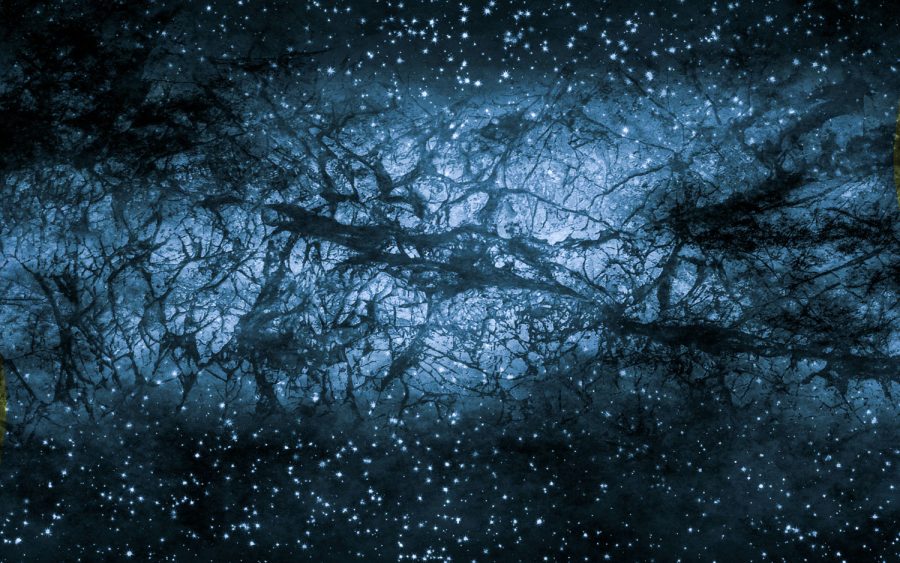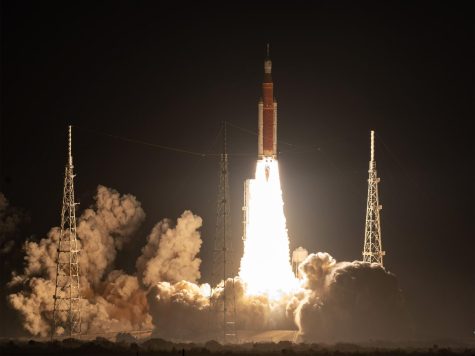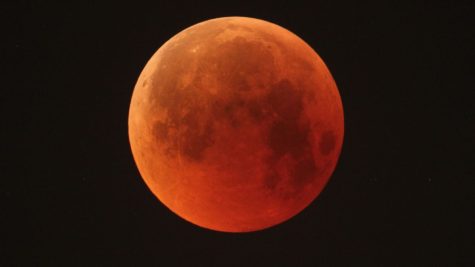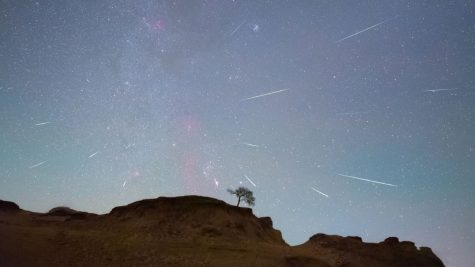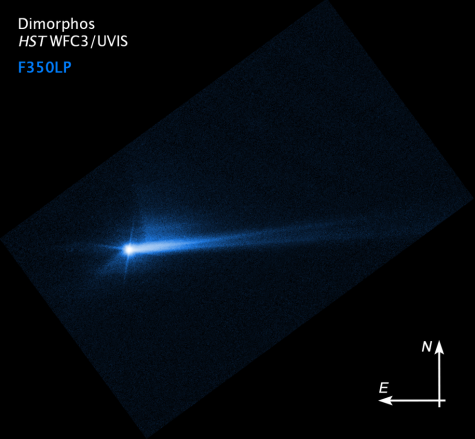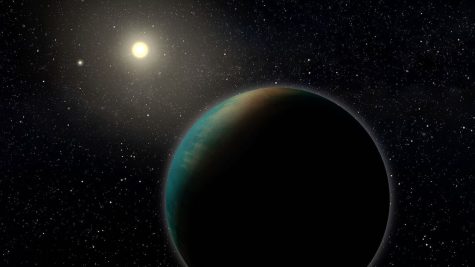Astronomy & Astrophysics study challenges current understanding of dark matter
A new study published by Astronomy & Astrophysics details that dark matter, a mysterious substance that makes up about 27% of the universe, may be doing what was previously thought to be unthinkable. The Lambda cold dark matter model, widely accepted as the standard model of cosmology, states that dark matter does not interact with regular particles except through gravitational influence. This is why dark matter is incredibly hard to pinpoint and study – its lack of reaction with the electromagnetic force means it does not absorb, reflect, or emit light, making it nearly invisible to scientists. We only know dark matter exists though gravitational lensing, which studies gravity’s effect on light. Astronomers have also established that without a substance like dark matter, galaxies would fly apart. Dark matter’s presence and gravitational influence binds galaxies together.
However, scientists led by Gauri Sharma, who conducted this research while at Italy’s Scuola Internazionale Superiore di Studi Avanzati (SISSA), have made stunning observations. The team studied dark matter halos, which are thought to permeate and surround individual galaxies, as well as groups and clusters of galaxies. Where previous research studied these halos from nearby galaxies, Sharma and her colleagues targeted hundreds of distant galaxies and found vastly different findings. Compared to the halos of galaxies nearby, the halos of galaxies far away appeared more compact. Considering the distance between Earth and these galaxies, some 7 billion light-years away, we are essentially looking back in the past and seeing that dark matter halos actually expand over time at a very slow rate. This may be possible due to dark matter interacting with regular matter that changes the density of halos. If this is true, then dark matter interacts with particles in more ways than gravity, something beyond our current understanding of physics.
The James Webb Telescope, a new infrared telescope that is able to study substances like dark matter, can hopefully offer more insight into ancient galaxies and how dark matter affects the universe. As we wait for more of Webb’s data, this study proves how surprising and complex dark matter truly is.

